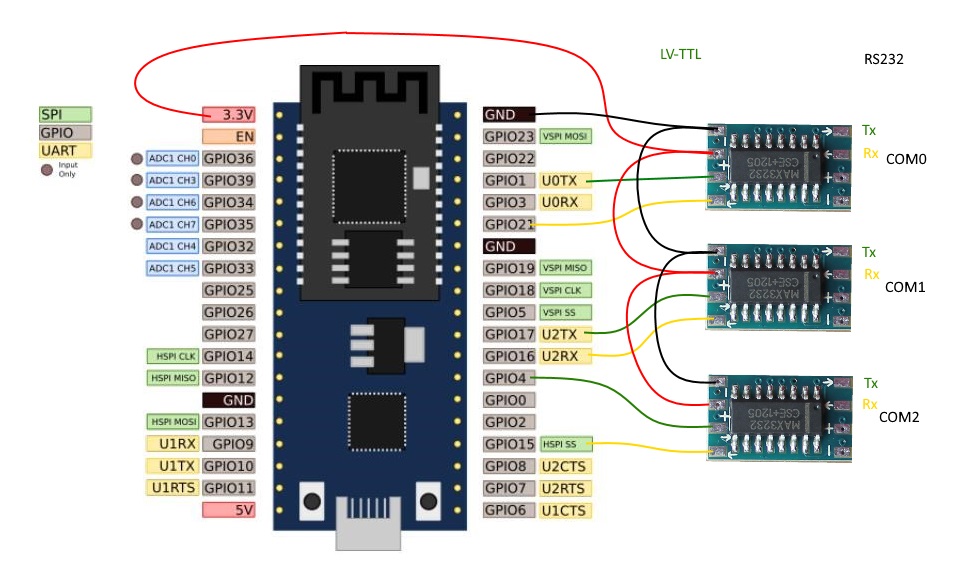BachPhi
Member
No skin in this game, just an EV and embedded stuff enthusiast.
The most reliable non-PLC device I've got in my shop or boat is a FriendlyElec NanoPi NEO LTS, running Node-Red. I set it up to monitor some stuff aboard about five years ago and send me SMS notifications, and I haven't touched it since. Power outages, brownouts, lightning storms, a blown inverter... it just keeps going.
TTL serial port, Ethernet, Linux so Python and Node-Red (thus PyLogix and the Node-Red CIP Ethernet nodes), aluminum case, 70C working temperature. Twenty bucks.
Is this the right link for NanoPi NEO3-LTS ? https://www.friendlyelec.com/index.php?route=product/product&product_id=279
I see it now for NanoPi NEO-LTS: https://www.friendlyelec.com/index.php?route=product/product&product_id=132



